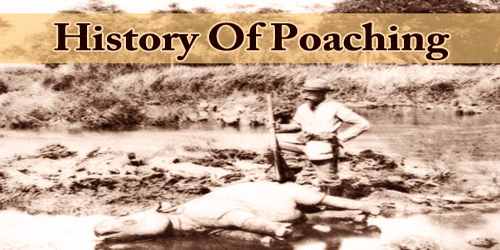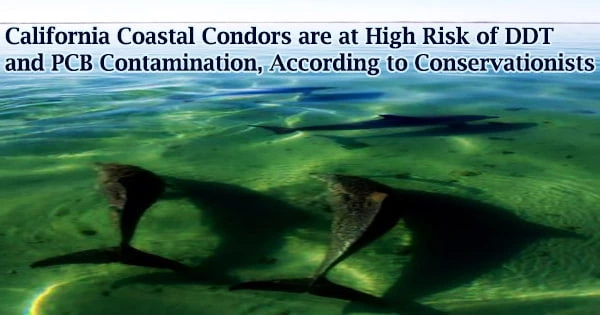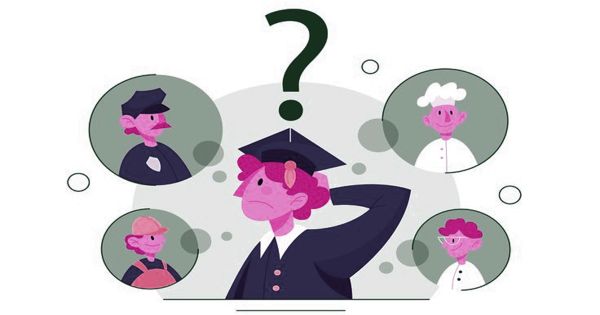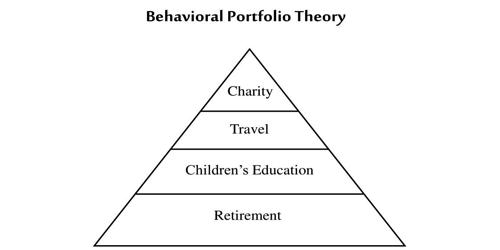In the past, hunting has played an important role in leadership and community formation. Before the agricultural revolution (around 10,000 years ago), primitive humans relied on the hunting of food for survival, however, since the agricultural revolution, the need for hunting has reduced majorly in most parts of the world.
Despite this, poaching and hunting still both remain an important part of the culture and the economy, where ever in the world they occur.
Every day we are losing hundreds of mammals belonging in dangerous species. This is mostly due to the lack of enforcement as well as the corrupt governments in the surrounding area. This can be seen in the developing countries that do not see the enforcement of poaching a ness city. Even though we cannot see it presently, poaching does have long term effects. Poaching is detrimental to the ecosystem and actually can hurt our economy. We are inhabitants of this great planet, and it’s our responsibility to sustain it.
Poaching has been illegal for hundreds of years, but it was during the Late Middle Ages that poaching became a punishable offense. During this time, the right to hunt was limited to landowners and nobility. Peasants usually did not have weapons, skills or the extra time to hunt, so in order to provide food for their families, they devised another way to bring meat to their tables.
Poaching has been done for a number of reasons, including claiming the land for human use, but recently, the illegal act is being done for other ridiculous motives, especially the desire for rare animal products such as ivory, fur, organs, skin, bones, or teeth.
For instance, the rhino has been hunted because some believe its horn has medicinal value. It is so serious that today, the rhino is critically endangered with the Black Rhino’s population decreasing by 97.6% since 1960. Other animals, such as the tiger are killed for their organs, pelts, and bones for medical and aesthetic reasons.
While hunting was reserved for the privileged, it was illegal to buy and sell wild animals. It remained illegal to do so until the mid-1800s. Gangs of poachers formed outlaw bands and sold animals through the black market. Buyers of black-market food even included wealthy people, who could not or chose not to hunt on their own.
As rural poverty was prevalent in the 1700s, many people turned to poach just to survive. Commoners protected poachers as an act of rebellion because the food was so scarce. Though poaching gangs did provide food to the poor, they were also violent and often greedy, poaching to feed the black market more so than hungry peasants.
Because authorities could not depend on citizens to turn in poachers, they created traps and spring-guns that would maim or kill poachers. In the 1830s, traps and spring guns were deemed illegal, and in 1883, peasants were allowed to kill small game, such as hares and rabbits, on their own farms.
Until the 20th century, most poaching was subsistence poaching i.e., the taking of game or fish by impoverished peasants to augment a scanty diet. In medieval Europe feudal landowners from the king downward stringently enforced their exclusive rights to hunt and fish on the lands they owned, and poaching was a serious crime punishable by imprisonment. Large stretches of the forested countryside were subject to special laws to preserve the deer, wild boars, and other beasts of the chase who provided the nobles and royalty with the sport. With the destruction of forests over the centuries and the taking of communal or royally owned lands into private use, laws were passed in the 17th and 18th centuries restricting hunting and shooting rights on private property to the landowner and his sons, and the practice of hiring gamekeepers to protect the wildlife on privately held land became common. Given these obstacles, subsistence poaching necessarily became a more specialized activity; during the 18th and 19th century’s gangs of organized poachers often engaged in fierce battles against gamekeepers, and mantraps and spring guns were hidden in the underbrush to catch intruders.
At the beginning of the 20th century, there were 500,000 rhinos; in 1970 there were 70,000; today, there are fewer than 29,000 rhinos surviving in the wild. Every year more and more species are killed and sold in the black market for a quick profit; some of the effects include economic downfall or ecological instability and destruction.
Some animals, such as birds, reptiles, and primates, are captured live so that they can be kept or sold as exotic pets. Slaughtered animals, on the other hand, have commercial value as food, jewelry, decor, or traditional medicine. The ivory tusks of African elephants, for example, are carved into trinkets or display pieces. The scales of pangolins, small animals that eat ants, are ground into a powder and consumed for their purported healing powers. The meat of apes, snakes, and other bush animals is considered a delicacy in parts of Africa.
Modern Poaching –
Poaching is now usually done for sport or commercial profit, both in legal and black markets. Poaching can be a serious threat to many wild species, particularly those protected in wildlife reserves or national parks. Many animal species have been limited in range or depleted in numbers, sometimes to the point of extinction, by the depredations of market hunters and unregulated sportsmen.
Some animals are poached because people want to stop them from encroaching on farms, and poaching is also a sport for some people. Although poaching is mostly under control, the illegal poaching of many of animals is leading to the mass extinction of some species of animals.
In Africa, the difficulty of enforcing game codes has led to the critical depletion of the rhinoceros, which is hunted for its horn, and of the African elephant, which is slaughtered for its ivory. The Bengal tiger of India and the gorilla of central Africa have similarly been threatened with extinction by hunters operating illegally. Asian and African pangolins are heavily poached for their meat and for the organs, skin, scales, and other parts of the body that are valued for use in traditional medicine; as a result, populations of all eight species have fallen dramatically during the early 21st century, and they are listed as endangered or critically endangered species. Many species of parrots are in danger because of the pet trade, as are much tropical fish collected illegally for aquaria. River poaching has been a problem in some countries, causing the depletion of stocks of fish in many areas.
Plants are also susceptible to poaching. For example, even when forests are not completely cleared, particularly valuable trees such as rosewood or mahogany may be illegally logged from an area, eliminating both the tree species and all the animals that depend on it. Some species are illegally collected not to be killed but to be kept alive and sold as ornamental plants, and the survival of various carnivorous plants, cycads, cacti, and orchid species is threatened by collectors.
The surprising truth is that these animal parts, which have made the animals prime target for poachers have no proven medicinal purposes. Poaching, however, is not only about the killing of endangered or protected animals but any unlawful killing of an animal. Developing countries will continue to suffer the effects of poaching if the causes are not prevented. The problem of poaching can be prevented if people are willing to take action. Change is constantly applied to the world, so now is the time for change to be applied to the problem of poaching. However, it cannot be done without the consent of people willing to change. Enforcement through the government, the officials, and the peoples is critical to creating change.
Information Sources:
















